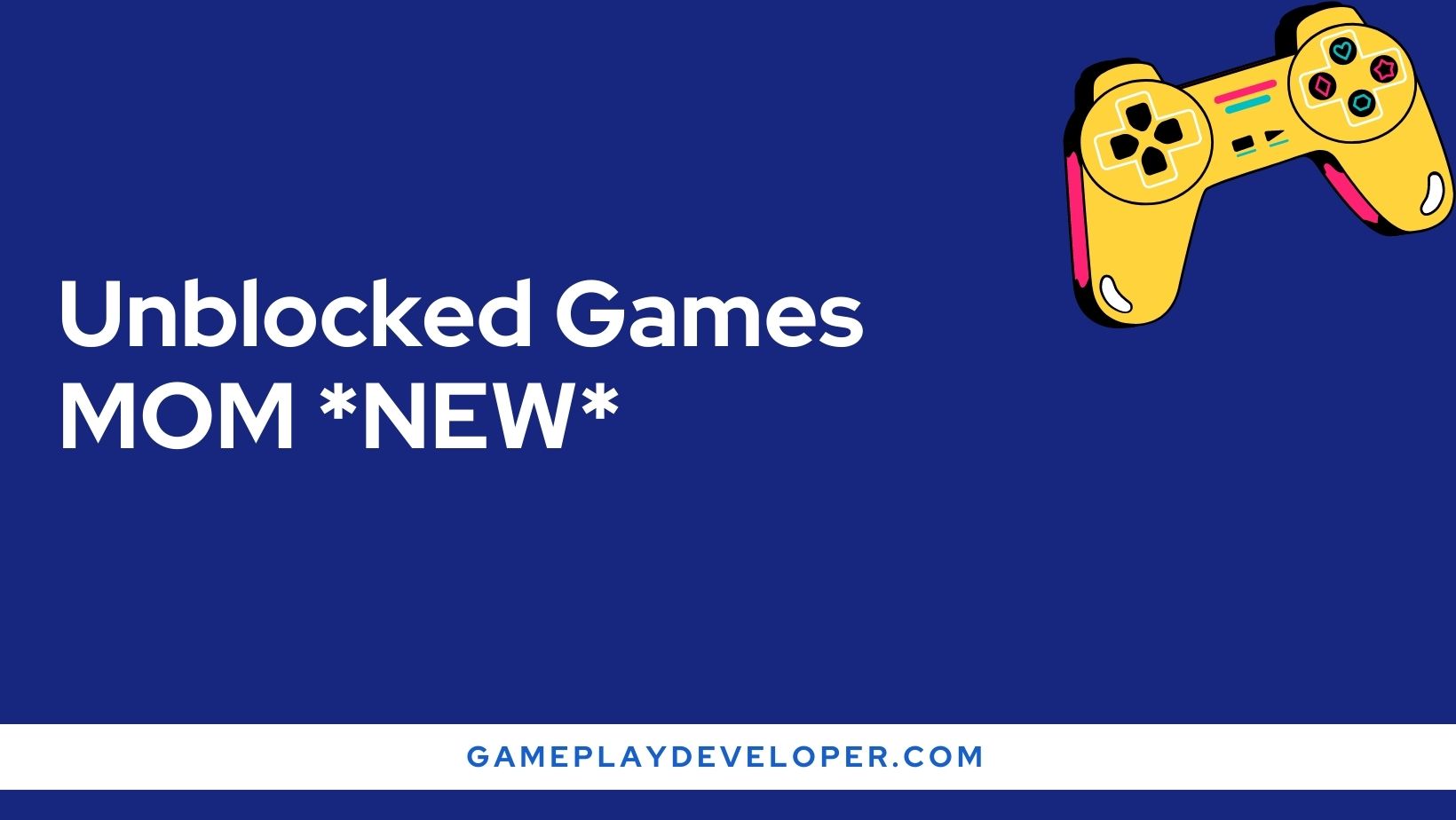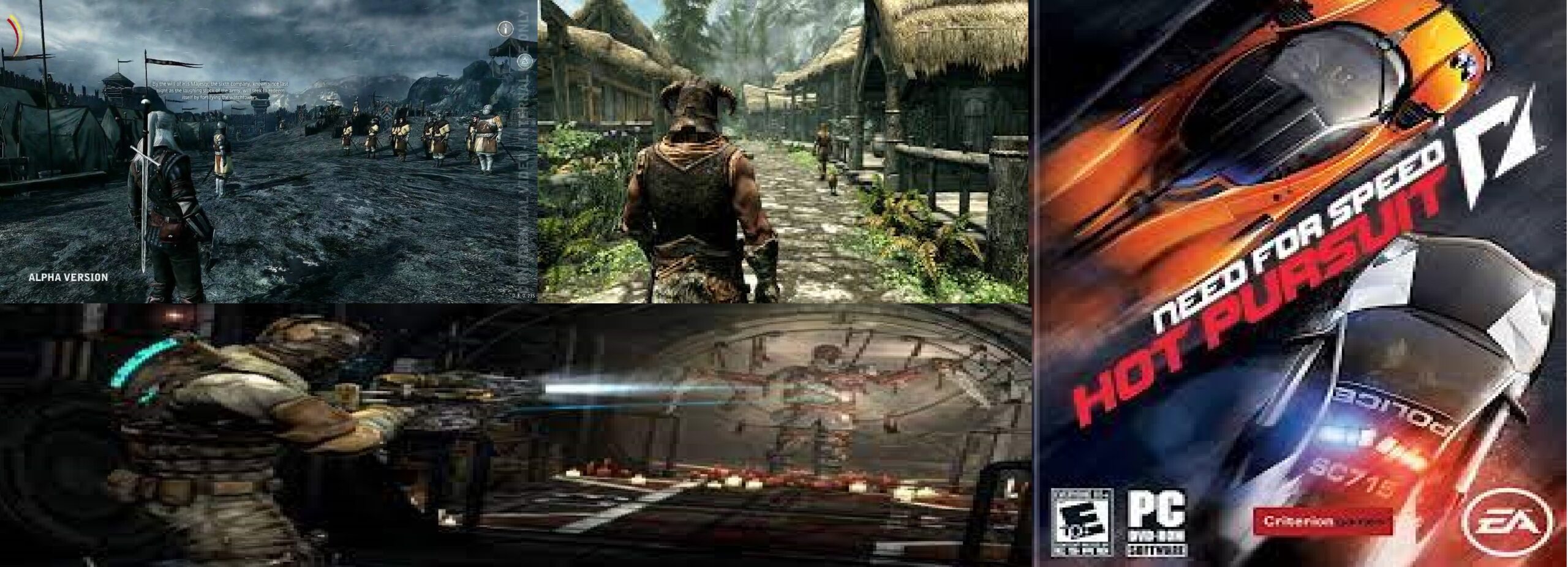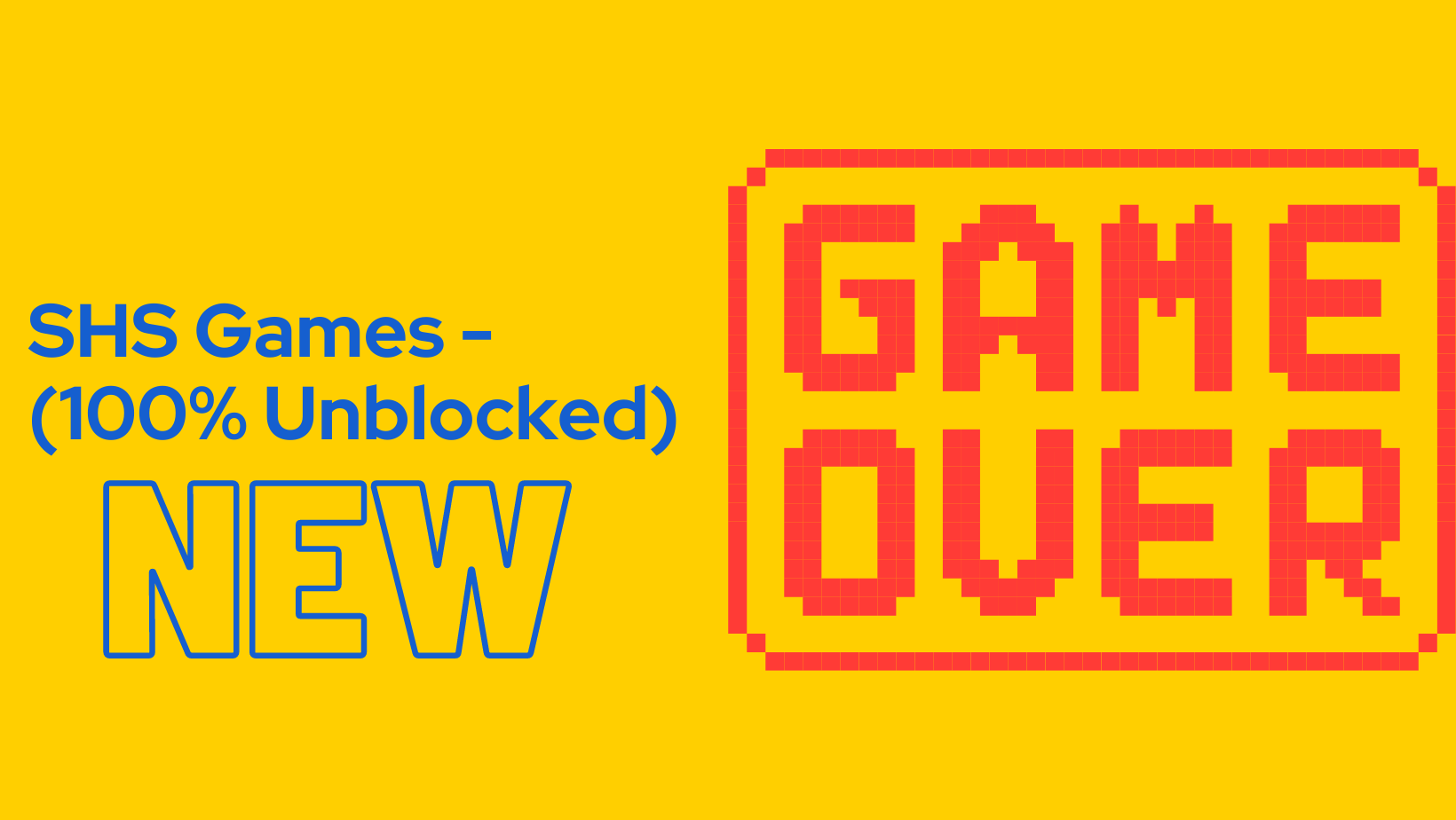It’s That Easy to Prepare and Publish Fake Articles
Just like the posts on social media, some researches published in scientific journals can be published as invalid or have no scientific …
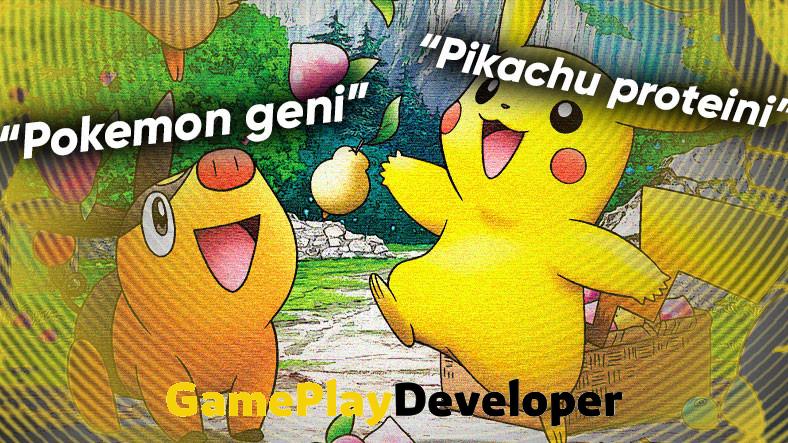
Just like the posts on social media, some researches published in scientific journals can be published as invalid or have no scientific equivalent. The journals in which these articles are published are also known in the scientific world. looter magazineis defined as ‘.
Today, unfortunately, we are here with an event that is seen in almost every country around the world and how dangerous this path that many scientists follow to gain fame and points can be. A researcher is interested in publishing articles in predatory magazines and maybe this way how easy it can be to get a professorshiprevealed.
“Scientific” journals put to the test with bogus research:
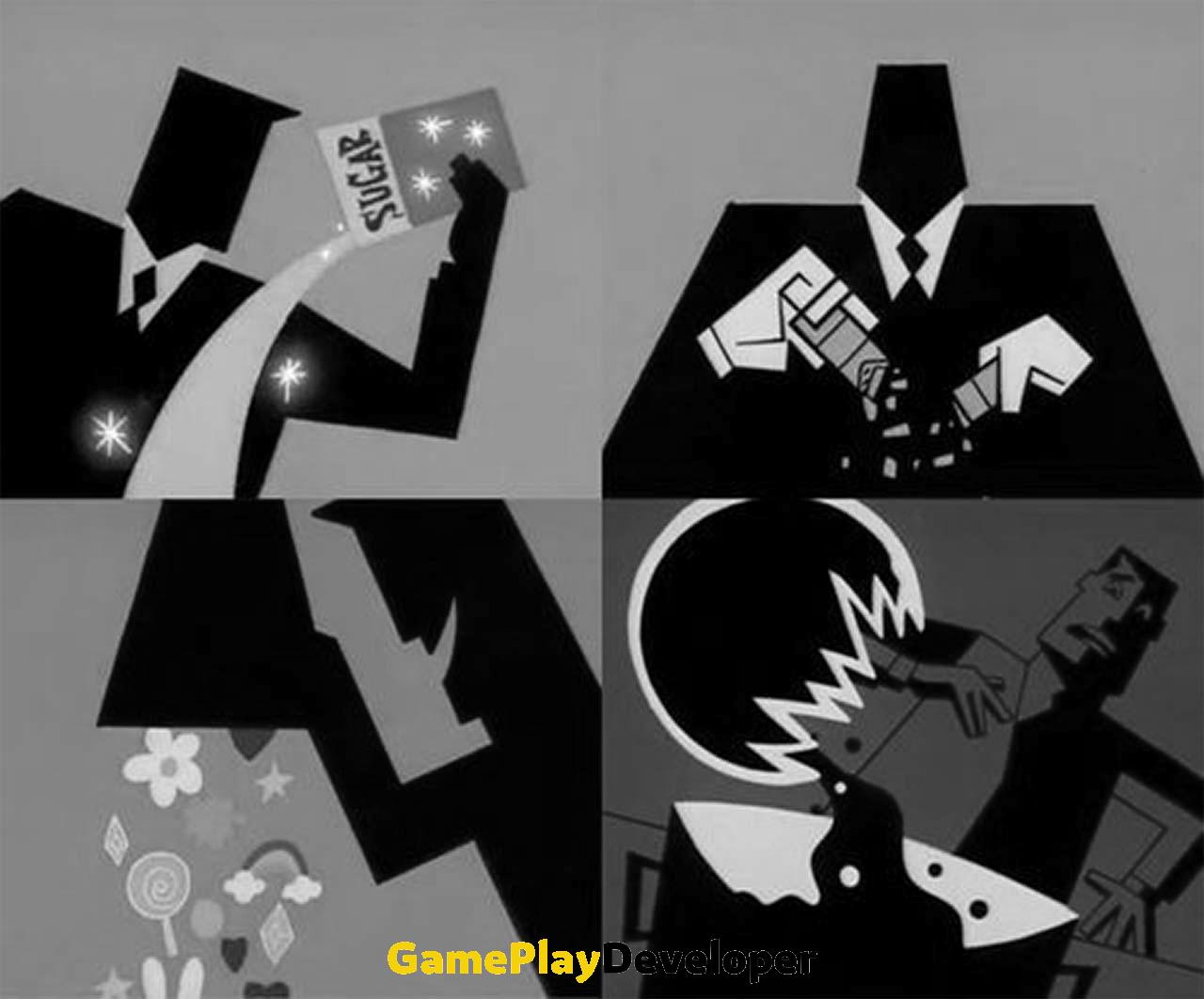
A researcher, an assistant professor of entomology at the National Taiwan University, said, “ Matan Schlomi ” carried out a test under the pseudonym. Matan’s goal was to undertake the most ridiculous research imaginable, use the most ridiculous references, and see if those studies would be published in predatory magazines.
Matan started work in 2019 and 2020 and managed to get his first fabrication article published in December 2019. In March 2020, he expanded his work and managed to publish two more fabricated articles in two different journals. Each of these articles They were articles that somehow connected the Pokémon cosmos to life and biology.
The fabricated articles that Matan managed to get published and the magazines in which they were published:
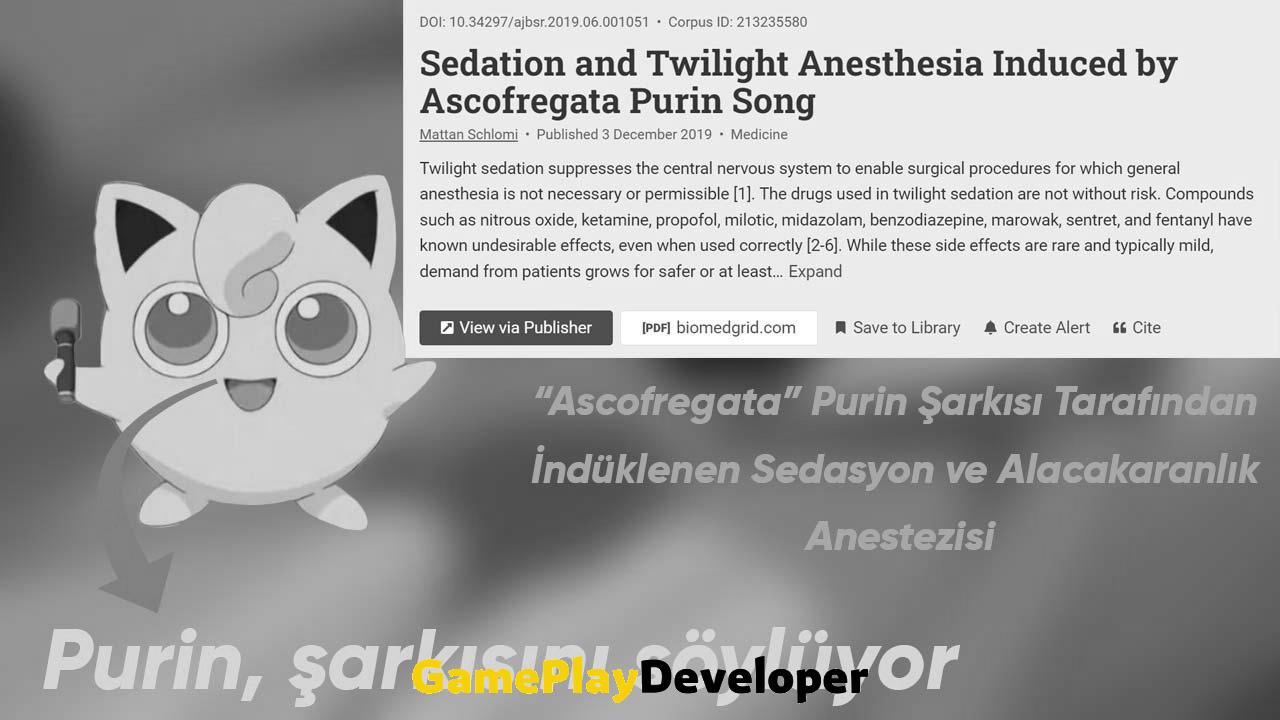
“Natives keep a few animals in close quarters with their families, with children as young as ten engaged in herding, hunting, selective breeding, and even the training of animals for ritual brawls. One in particular, Ascofregata purine (Heveaceae: Tetrabalonoformes), or ” jigglypuffIt is peridomestic and known by acoustic biologists to produce several pieces of music characterized by such names as “competitive song”, “extinction song”, “friend keeper”.
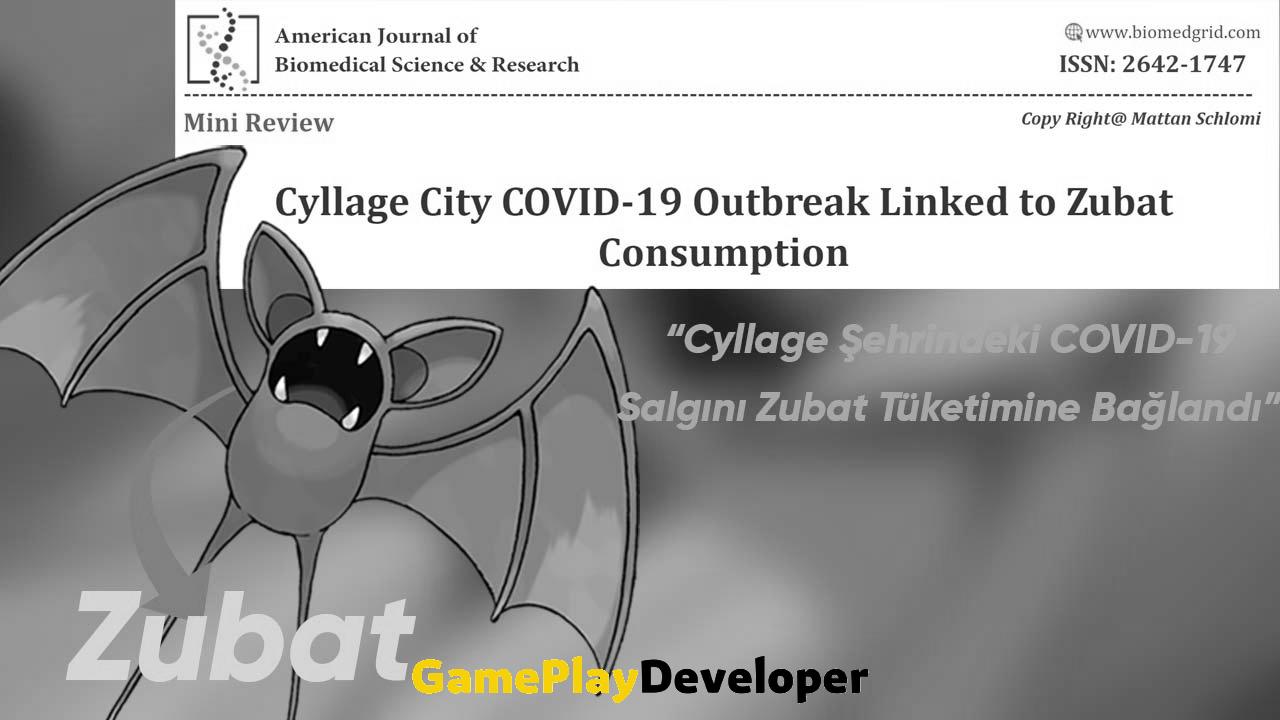
Cyllage City was actually one of the cities in the Pokémon universe…
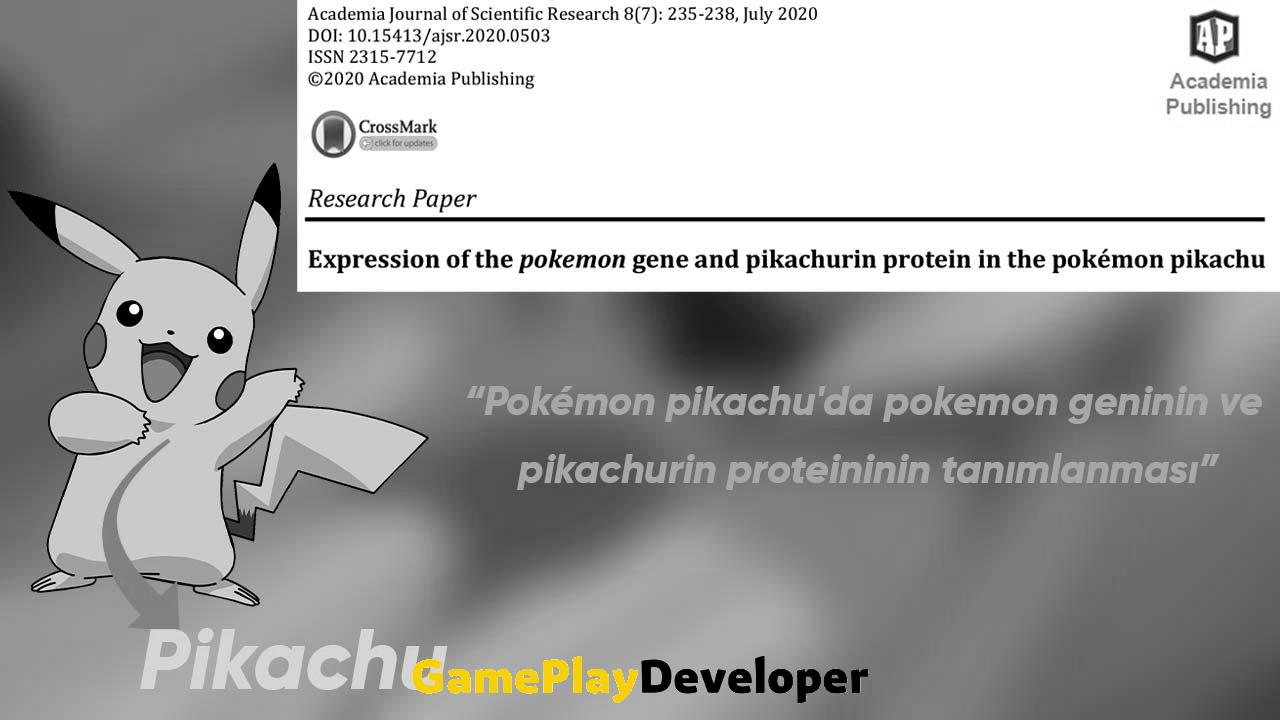
“The proto-oncogene Pokémon is typically highly expressed in cancers, and the Pikachurin protein is linked to ribbon synapses in the retina.”
As you can see from the three examples above, these journals did not even intend to read Matan’s research before publishing it. They didn’t even read the references, let alone reading the whole thing. Because Matan was talking about his creative nonsense in the references, even in the references section. He even included the name of John Cena…Some sample references in studies were in the form:
- Rings on Standler (Pokémon) horns, Frontiers in Fake Research
- Imagine No Open Access. My Little PeerReviewed Journal. (My Little Peer Reviewed Diary)
- What do they call a predatory magazine in France? Pulp Nonfiction.
- If you’ve come this far, you deserve a cookie. Pokemon Phylogenetics.
It has been argued that Academia Publishing, the publisher of one of the predatory magazines, is used by many academics from Turkey:
Academic Ethics Turkey was also home to the ‘research’ of many Turkish academics by Academia Publishing, which published the research examining Pokémon proteins in its Twitter account. Moreover, the journal Education-Sen in 2017 as “a magazine recommendation for those who will publish in a foreign language”.It was also shared:
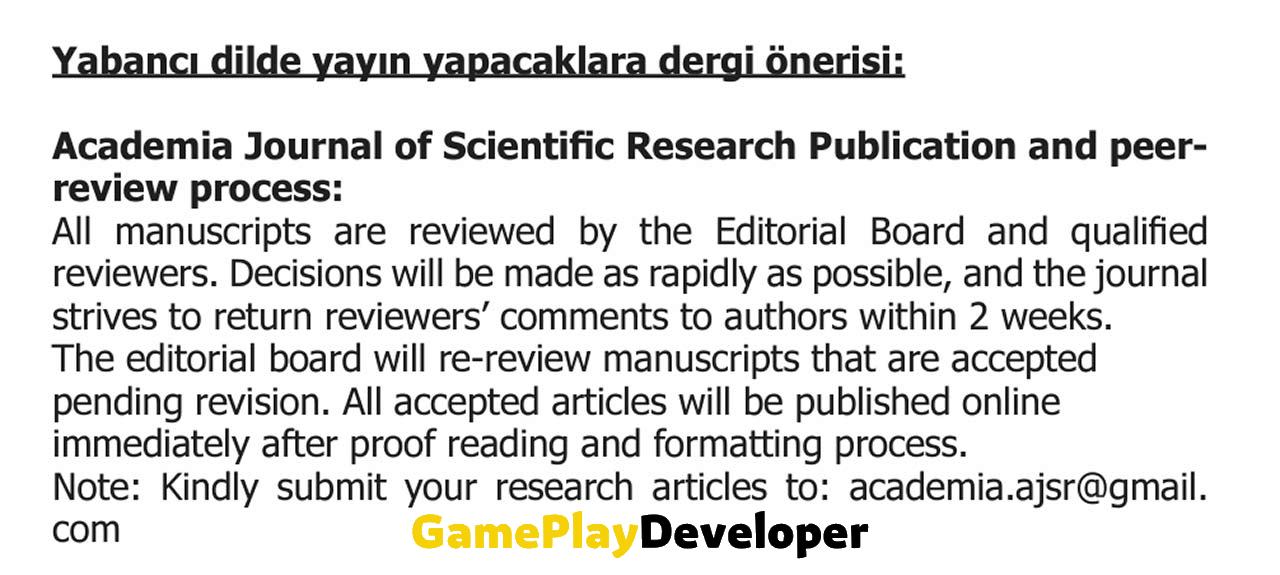
So, how do you know if a magazine is a looter?
About predatory magazines, one of the most fundamental problems of science all over the world. Council of Higher Education had made an official decision. On December 10, 2021, the Interuniversity Council Administrative Council came together and approved the following elements:
- Magazines that are not considered looter/questionable:
- Magazines in the Q1, Q2, Q3 classes in WEB of Science (with or without a price request in the editorial and/or printing processes),
- Magazines that are in the Q4 class in WEB of Science and do not charge an editorial processing charge and/or an article processing charge,
- It has been published/published since 2010, which is the publication organ of a branch association, university, institute or scientific institution, where only the members of the relevant science field can become a member, although it is in the Q4 class in WEB of Science and requests prices in the editorial and/or printing processes. national/international journals working as
- Loot/questionable journals: Q4 journals that do not meet the above criteria.
Apart from WEB of Science, which YÖK also references, you can also browse through Beall’s List for magazines and publishers that are priced as predatory/questionable.


